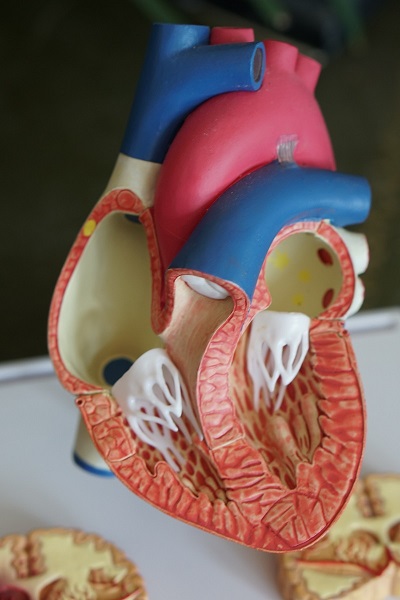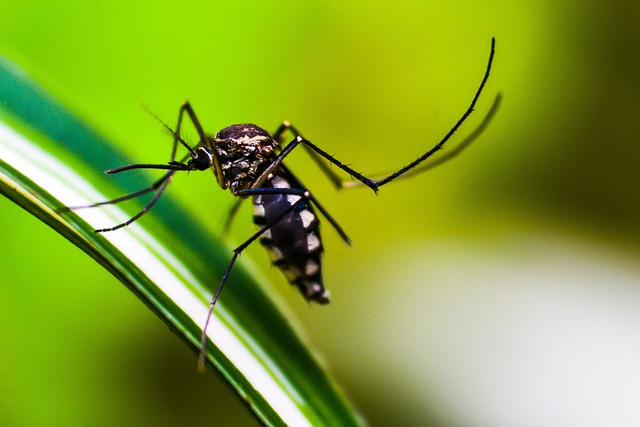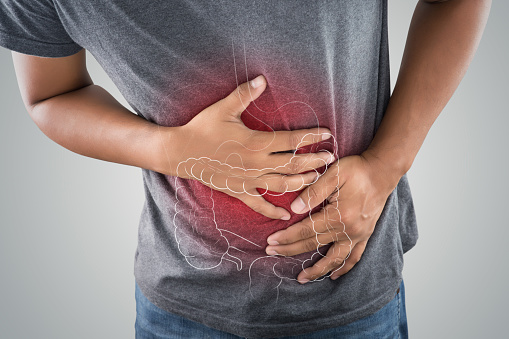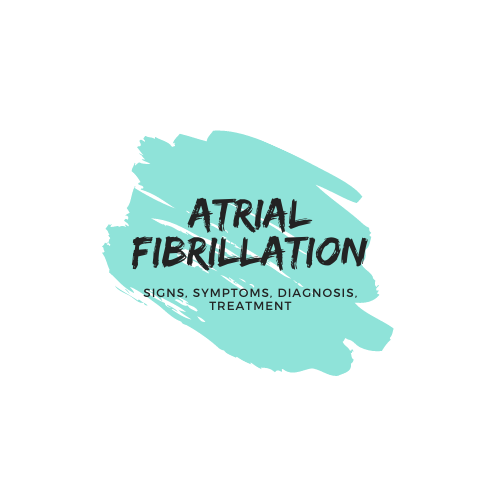In this article, we continue to discuss the last part of the nephrons. It is called the collecting duct system, which consists of various tubules and ducts. In this part, where there is very little reabsorption, the main purpose is electrolyte and fluid balancing. Among its components are connecting tubule, cortical collecting tubule (CCT) and the papillary ducts. The cortical collecting tubule has very little permeability. So the reabsorption of water is less, especially, when there is a lack of certain hormones. It is when the vasopressin hormone increases, that the reabsorption improves. It is, however, not as much as in the proximal convoluted tubule or the distal convoluted tubule.
Thus even sodium or chlorine is not reabsorbed and the same is the case with the other link elements that too are not reabsorbed from this part. So what happens is that the distal or the farthest part of the nephrons, called the terminal segment of the distal nephron becomes highly branched and is called the papillary collecting duct. From the papillary collecting duct, the excess electrolyte is further taken through it and whatever needs to be part of the plasma is reabsorbed and passed into the urine.
The papillary collecting ducts reconnect with each other from the different nephrons and form a massive mesh-like network to collect urine from the different nephrons from the whole kidney. These nephrons collectively form ducts that connect with other ducts and the urine is uniformly drained into the pelvis part of the kidney. The pelvis part of the kidney is basically an empty area where the urine stays for some time and is then passed on into the urethras and from there into the urinary bladder.
Such is the system in the kidneys, where its functional unit, the nephrons start creating urine, collect it and send it outside the body. Thus cleansing the whole body of toxins created in the system.










